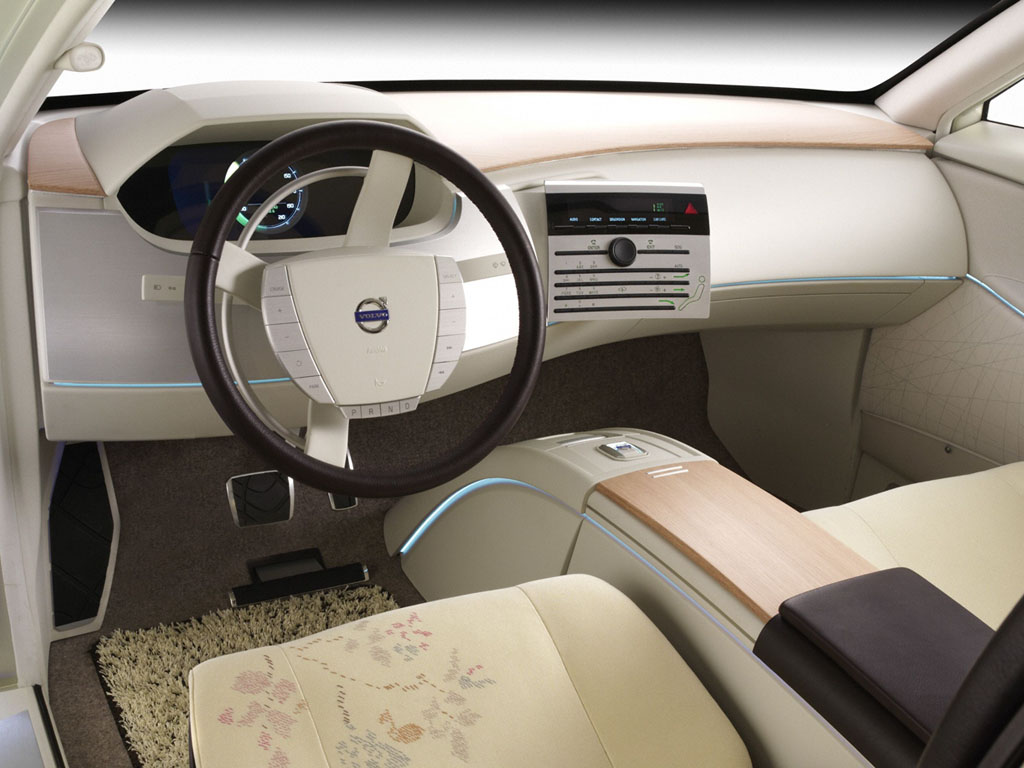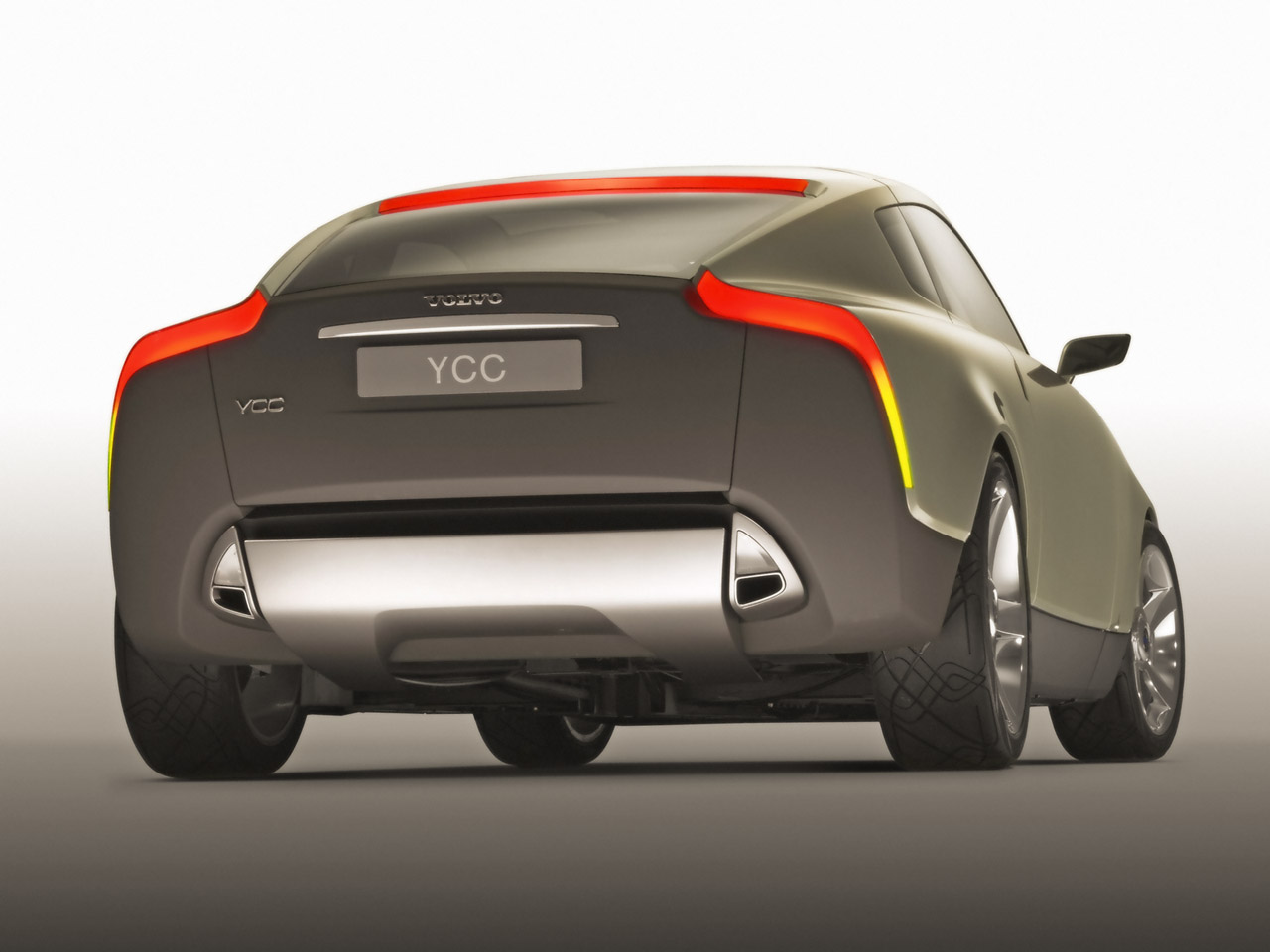Volvo Ycc For Sale – In this broader sense, the concept of “for sale” is not just about the exchange of goods; it’s a driving force in the global economy, influencing how people live, work, and interact with the world around them. Once a suitable business has been identified, the buyer usually begins the due diligence process, which involves reviewing all relevant documents, financial records, and contracts. When a car is put up for sale, it can feel like letting go of a part of one’s journey. Some need the money, some want to declutter, and others might feel the urge to let go of possessions as they enter new phases in their lives. These goods, ranging from clothing to furniture, electronics to books, offer people the chance to find items they need or want at a fraction of the cost of new products. Through online marketplaces and platforms, small businesses and independent creators can sell their goods to a global audience. Additionally, there is the challenge of integrating the business into their existing operations and ensuring that it continues to thrive under new ownership. Economic downturns, for example, can influence the types of businesses that are put up for sale, as struggling companies may look to exit the market. The idea that everything has a price, and that everything is for sale, may seem like a grim outlook, but it’s one that has become increasingly true. A well-maintained, quality leather jacket may last a lifetime, whereas a low-cost alternative might only hold up for a couple of seasons. Love becomes about what someone can provide in terms of material or emotional benefit, and friendships become alliances, where loyalty is traded for favor or influence. However, there’s also an argument to be made that, over time, quality goods are often more economical in the long run. Whether through their durability, aesthetic appeal, or the values they embody, these products go beyond simple transactions. The decision to sell an heirloom piece of furniture, for example, can be emotionally complex, as it involves a shift in one’s connection to the past. Second-hand markets also promote the idea of a circular economy, an economic system that focuses on reducing waste and reusing products. On the other hand, buyers may seek to negotiate lower terms based on the findings from their due diligence or their assessment of the business’s future potential. Social media platforms, for example, offer users a chance to buy into their own identity, to curate a version of themselves that is more appealing, more desirable, more marketable. Yet, at the same time, there’s the promise of new beginnings for both the seller and the buyer. In a world where everything is for sale, it’s easy for the vulnerable and the marginalized to be taken advantage of. From designer labels to quirky, eclectic finds, second-hand clothing offers a wealth of variety and style at a fraction of the price of new items.

Volvo YCC Concept Concept, 2004
Sync & smart integrationecoboost fuel efficiencystarting at $14k6 new models

2004 Volvo YCC Images, Specifications and Information
Sync & smart integrationecoboost fuel efficiencystarting at $14k6 new models

2004 Volvo YCC HD Pictures
Sync & smart integrationecoboost fuel efficiencystarting at $14k6 new models

2004 Volvo YCC pictures
Sync & smart integrationecoboost fuel efficiencystarting at $14k6 new models

Manda QoP Volvo YCC
Sync & smart integrationecoboost fuel efficiencystarting at $14k6 new models

2004 Volvo YCC pictures
Sync & smart integrationecoboost fuel efficiencystarting at $14k6 new models

2004 Volvo YCC Concept
Sync & smart integrationecoboost fuel efficiencystarting at $14k6 new models

2004 Volvo YCC HD Pictures
Sync & smart integrationecoboost fuel efficiencystarting at $14k6 new models

2004 Volvo YCC
Sync & smart integrationecoboost fuel efficiencystarting at $14k6 new models

Volvo YCC (2004)
Sync & smart integrationecoboost fuel efficiencystarting at $14k6 new models
A car might be sold because it no longer serves the needs of its owner, or perhaps the owner is simply ready for a change. When someone talks about purchasing quality goods, they are likely thinking of items that have been designed to last, to provide a superior experience, and to offer a sense of value far beyond the initial cost. A well-made product simply performs better. Whether through thrift stores, flea markets, online platforms, or garage sales, second-hand goods provide consumers with an opportunity to find items they might not otherwise be able to afford, while also contributing to a circular economy where products are reused and repurposed. There are those who argue that not everything should be for sale. Success after the acquisition depends on a variety of factors, such as effective leadership, market conditions, and the buyer’s ability to make improvements and capitalize on growth opportunities. Furniture is another category that lends itself well to the second-hand market. For example, an old wooden chair might be sanded down and refinished into a modern piece of furniture, or a vintage dress might be altered to fit a contemporary style. In addition to offering unique items and affordable prices, many second-hand stores also serve an important social and community function. Websites like eBay, Craigslist, Facebook Marketplace, and Poshmark have made it easier than ever for individuals to sell their unwanted items and for buyers to find exactly what they are looking for. Each item was unique, and the quality was immediately apparent to the buyer. Many brokers specialize in certain industries or types of businesses, allowing them to better serve their clients by offering specialized knowledge and advice. The business-for-sale market continues to evolve, influenced by economic trends, technological advancements, and shifts in consumer behavior, but one thing remains clear: buying and selling businesses will always be a fundamental part of the global economy. When people buy second-hand items, they are extending the life cycle of those goods, which means fewer products end up in the trash. The artist who created it may have one understanding of its worth, while a collector may see it as a valuable investment, and a casual admirer might simply appreciate its beauty without considering its monetary value. They walk into a space that holds the potential for their own memories to be created, for their own life to unfold. Once an agreement is reached, the final step is the legal transfer of ownership. Workers are often paid meager wages for their labor, while corporations amass wealth. Many online platforms also allow buyers and sellers to leave feedback and reviews, helping to build trust and credibility in the transaction. Sellers can list items with detailed descriptions and high-quality photos, giving potential buyers a clear understanding of what they are purchasing.
One of the most popular categories of second-hand goods for sale is clothing. For sellers, online platforms can expand their reach to a global audience of potential buyers, increasing the chances of finding the right match for their business. Many quality goods are made by artisans or small businesses who take the time to create products that reflect their expertise and passion. In conclusion, second-hand goods for sale represent more than just a financial transaction; they embody a shift toward sustainability, individuality, and social responsibility. The idea that everything has a price, and that everything is for sale, may seem like a grim outlook, but it’s one that has become increasingly true. The growing appeal of second-hand goods is also tied to a growing awareness of environmental issues. Many online platforms also allow buyers and sellers to leave feedback and reviews, helping to build trust and credibility in the transaction. The idea of buying things that were once owned by someone else is no longer considered taboo or lesser; rather, it has become a lifestyle choice for those who want to make smarter, more ethical purchasing decisions. Unlike starting a business from scratch, which requires time to build a reputation and establish market credibility, buying an existing business means stepping into an environment where some of the groundwork has already been done. Second-hand markets also promote the idea of a circular economy, an economic system that focuses on reducing waste and reusing products. It involves an in-depth understanding of the business’s financials, operations, and market position. When someone buys a second-hand item, whether it’s a piece of furniture passed down through generations or a retro jacket from a bygone era, they are not just acquiring an object; they are connecting to a story, a memory, or a cultural moment. Online platforms also give buyers and sellers the chance to evaluate one another through reviews and ratings, adding an extra layer of trust and security to the transaction. From the most trivial items in a dollar store to the most precious works of art in a museum, everything can be assigned a price. This can bring about feelings of uncertainty, as there’s no guarantee that the right buyer or partner will come along. Selling such an item can be a difficult decision, yet it often represents the practical need to downsize or make space for something new. In some cases, buyers may also acquire businesses with existing intellectual property, such as patents, trademarks, or proprietary technologies, which can offer a competitive edge in the market. They become part of the story of the buyer and the creator, connecting people to a tradition of excellence, heritage, and care. People often feel like they are for sale, too, in various ways. By purchasing second-hand goods, consumers help keep products circulating in the economy, giving them new life and purpose.